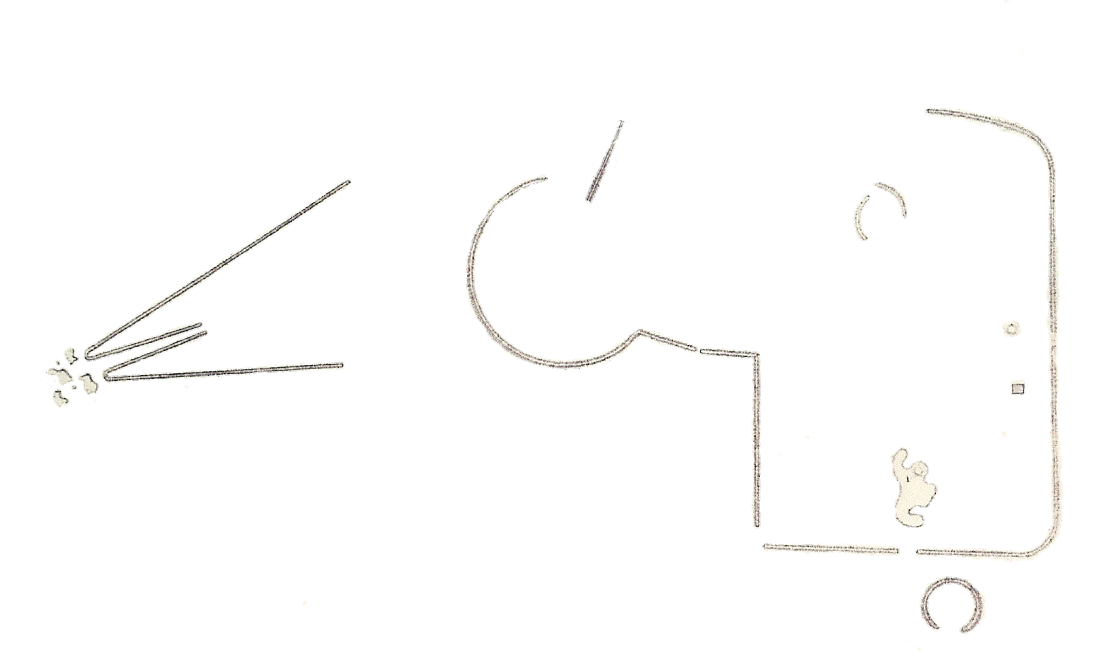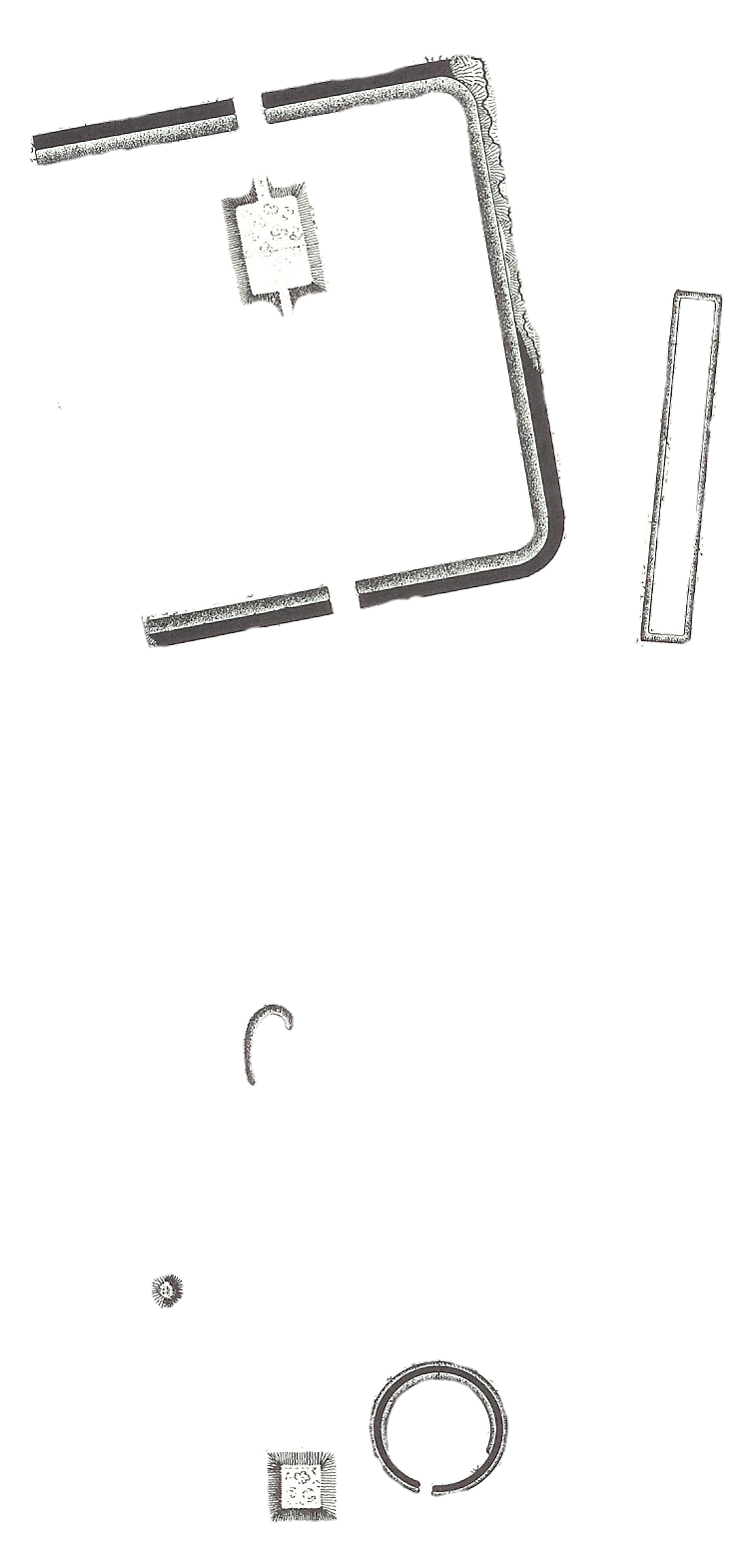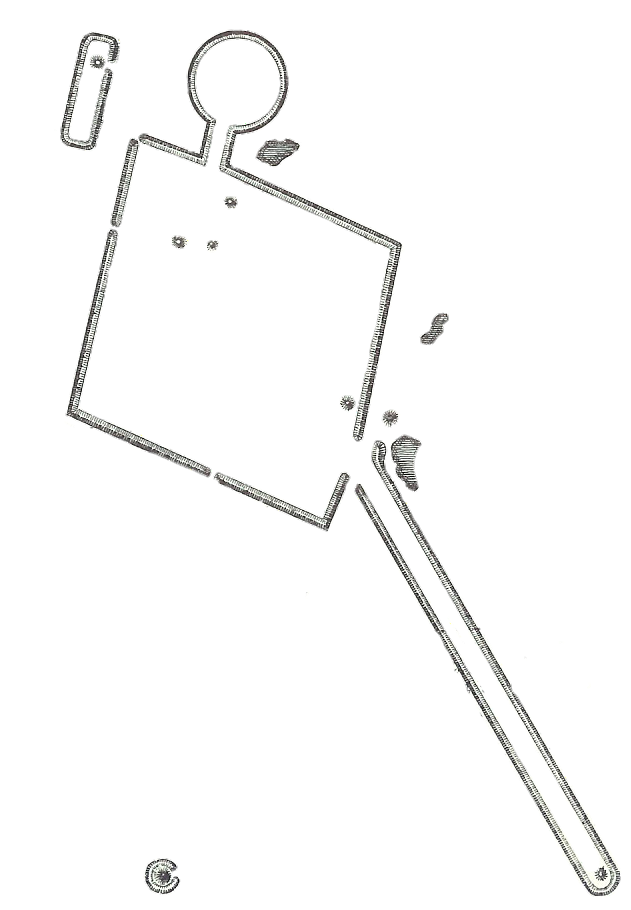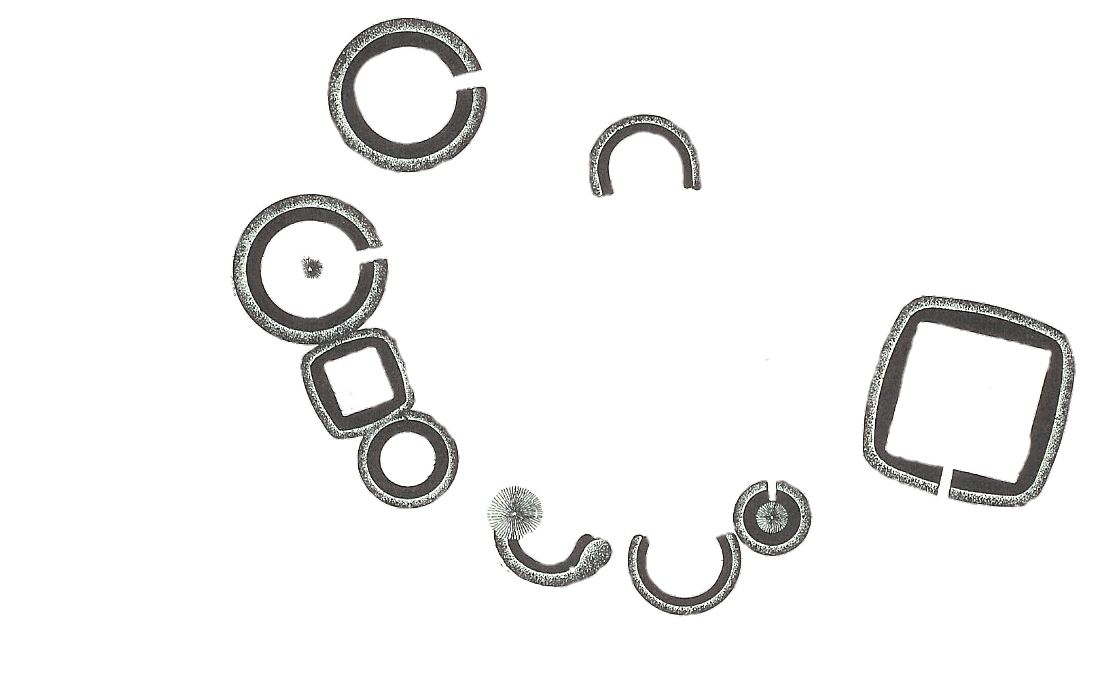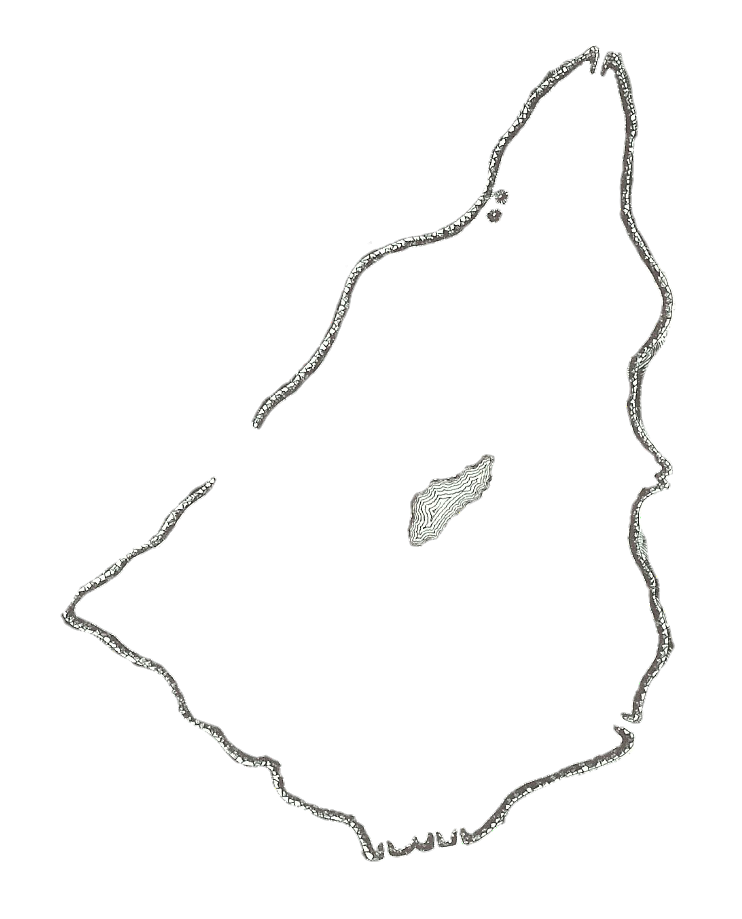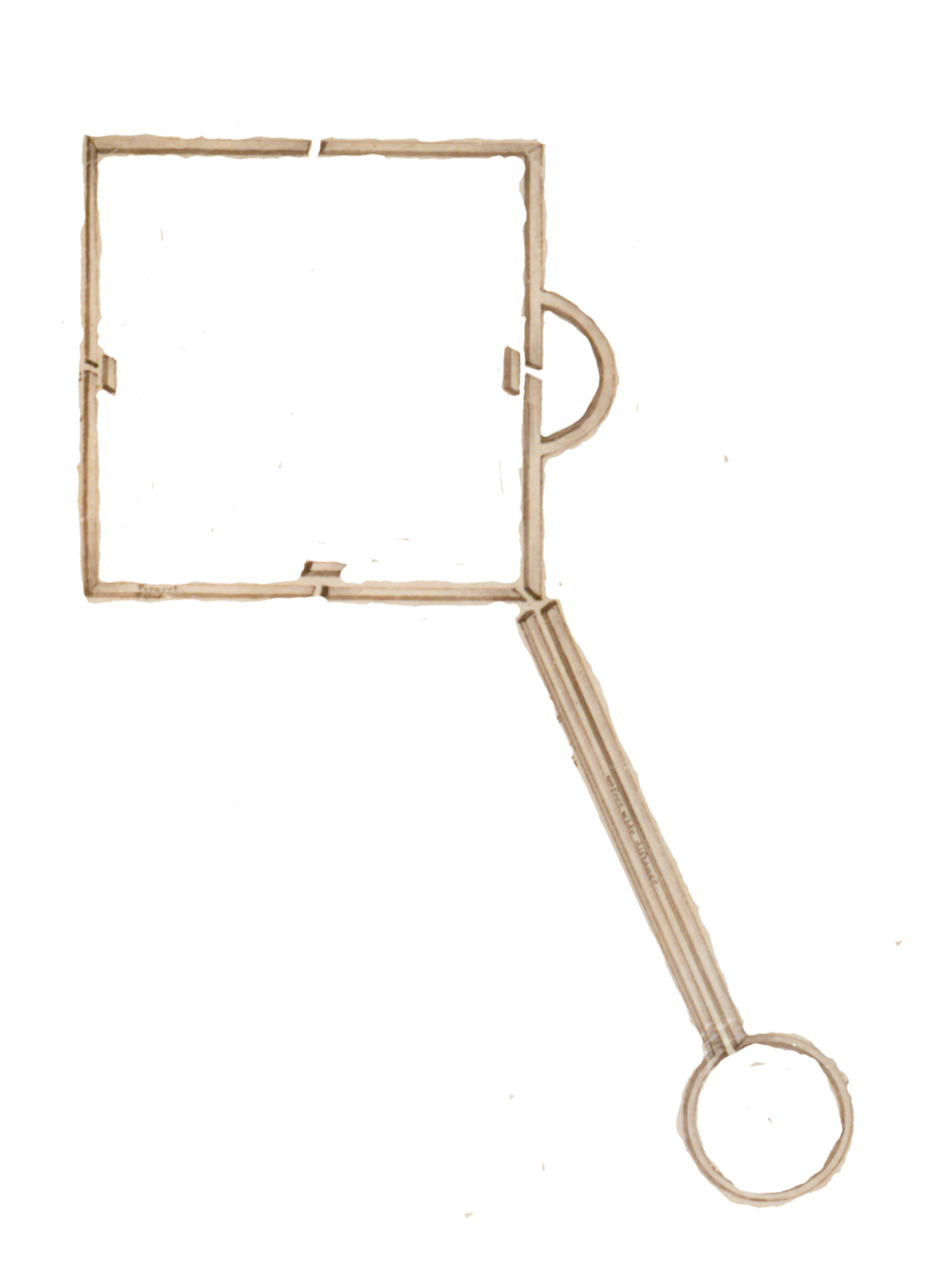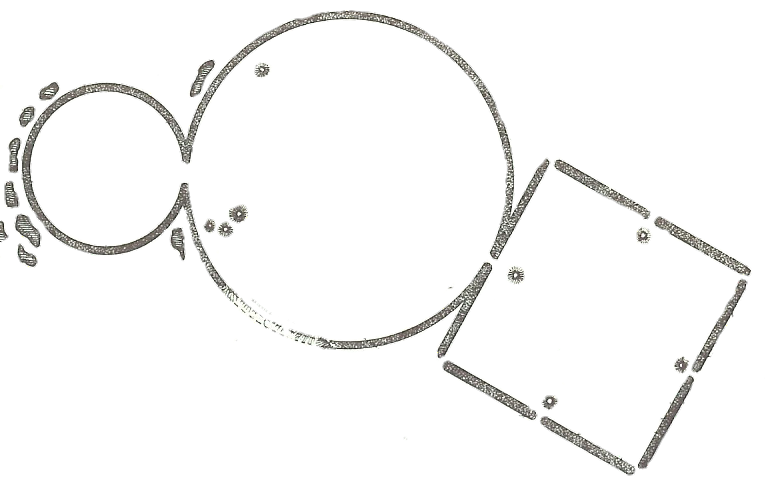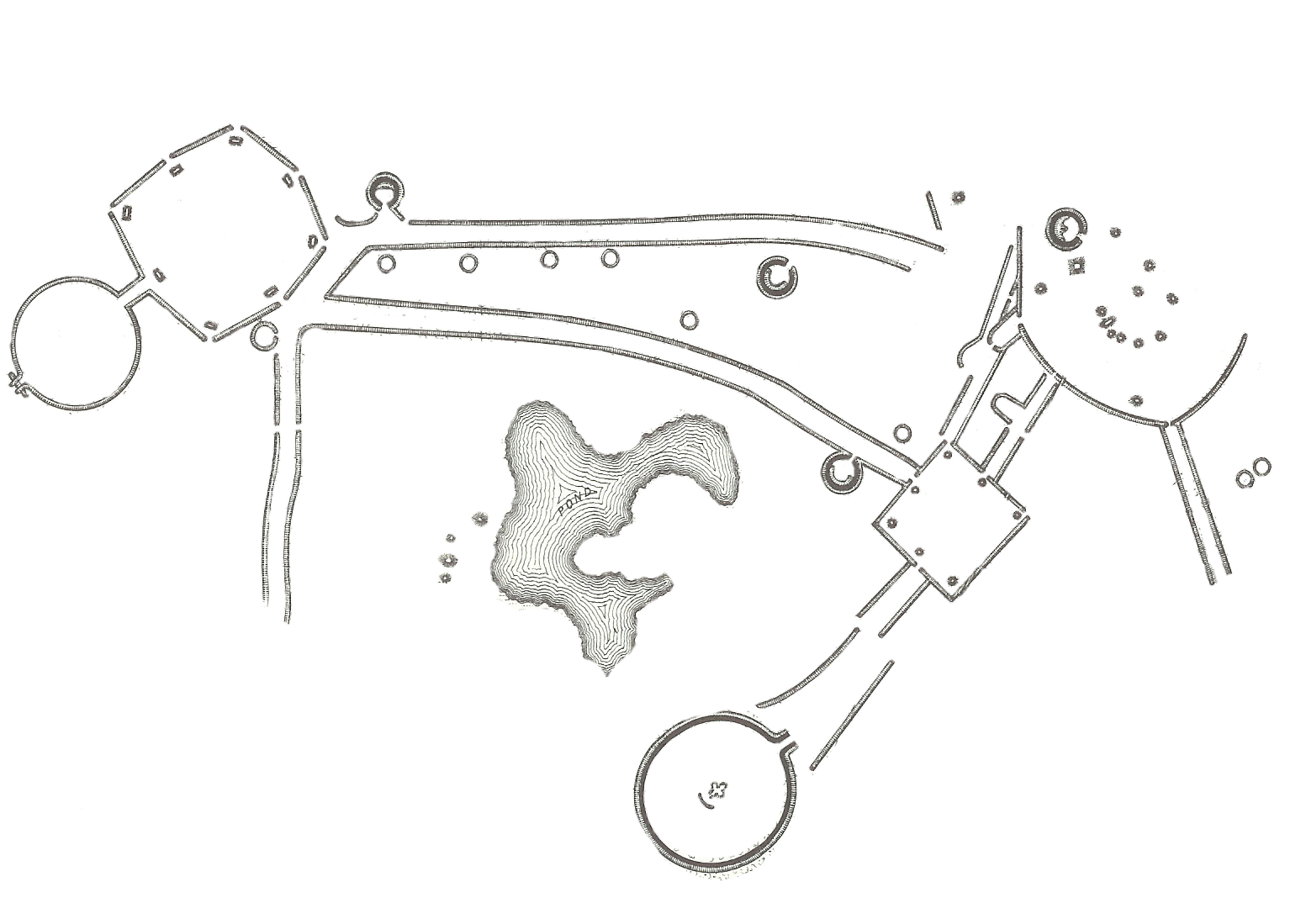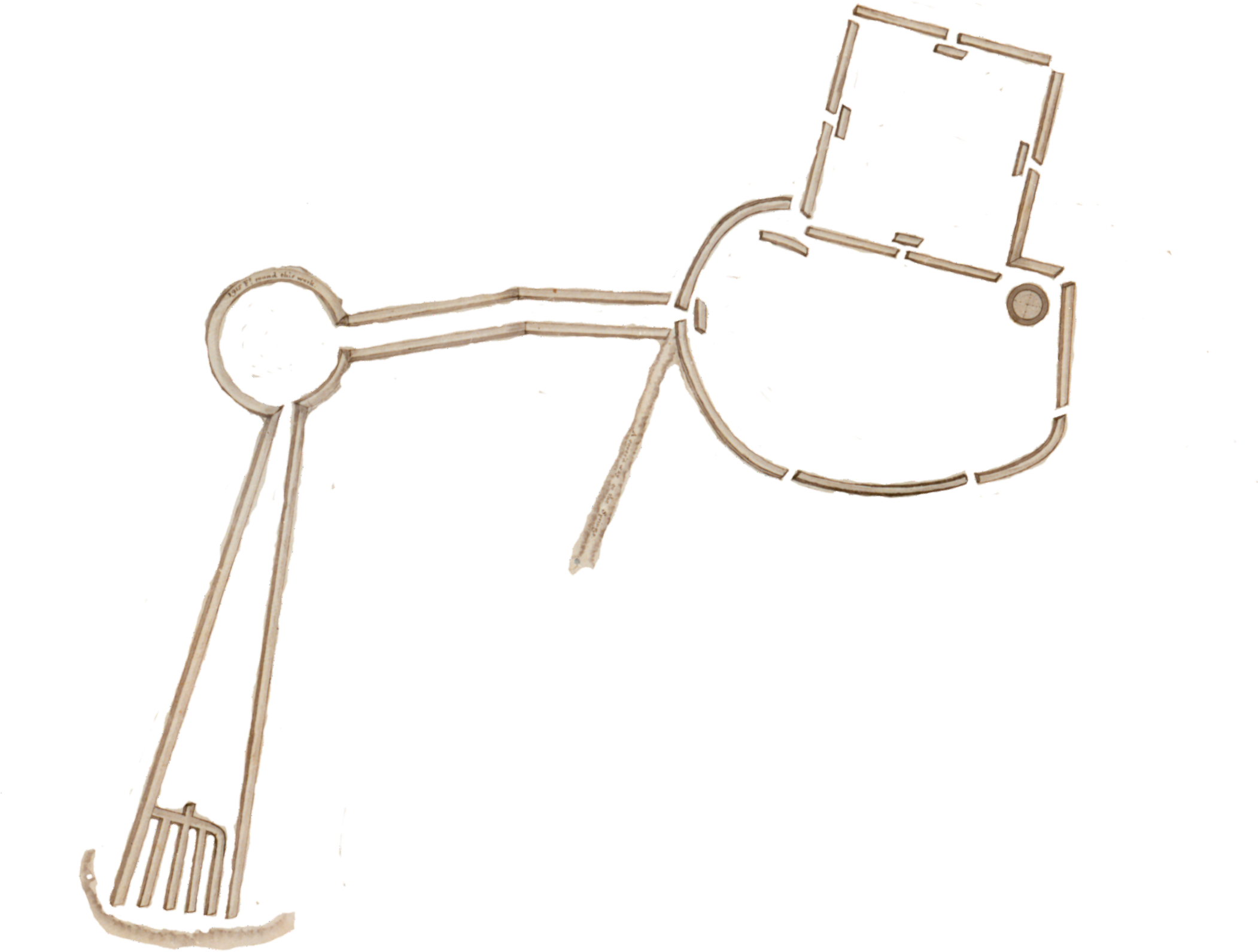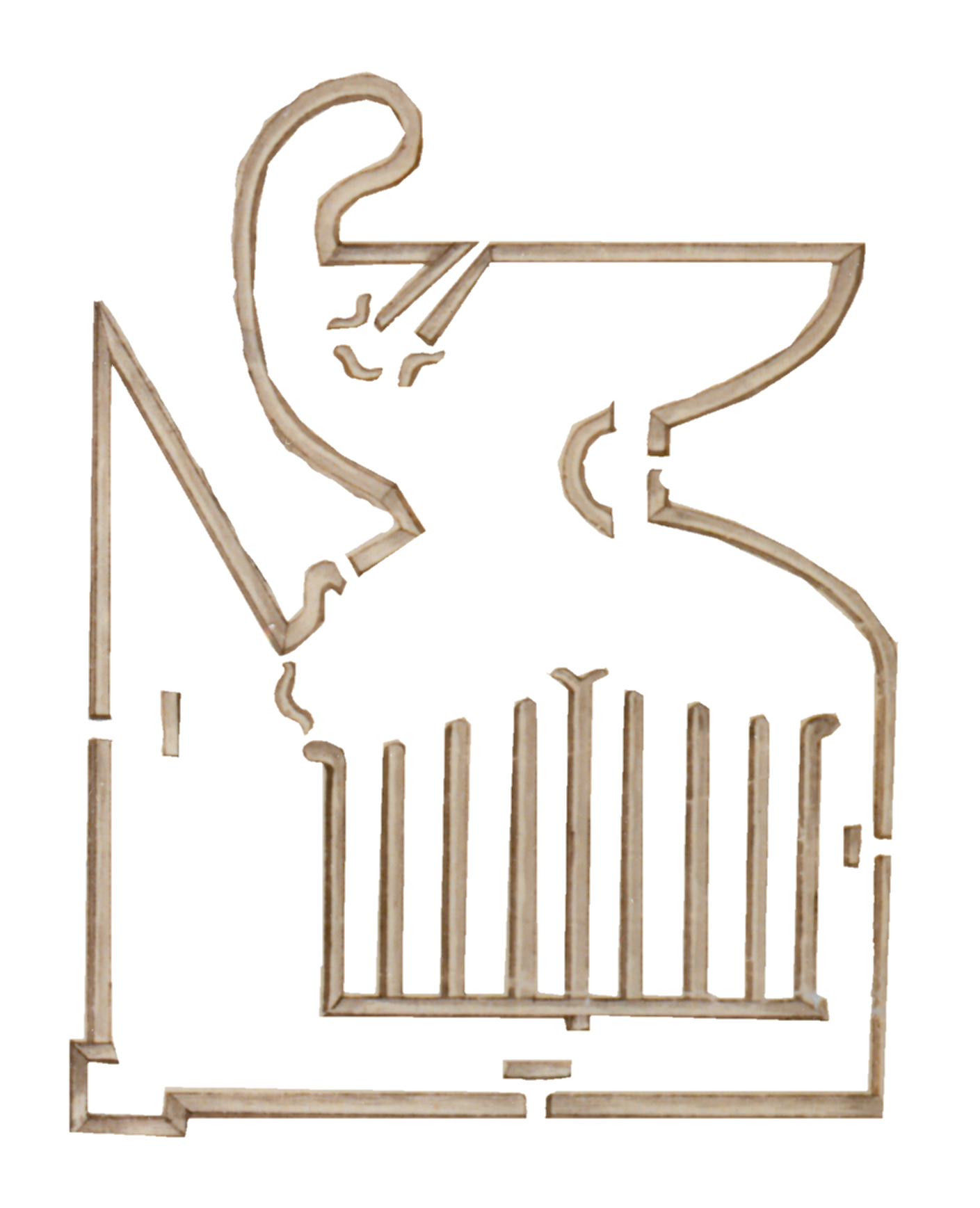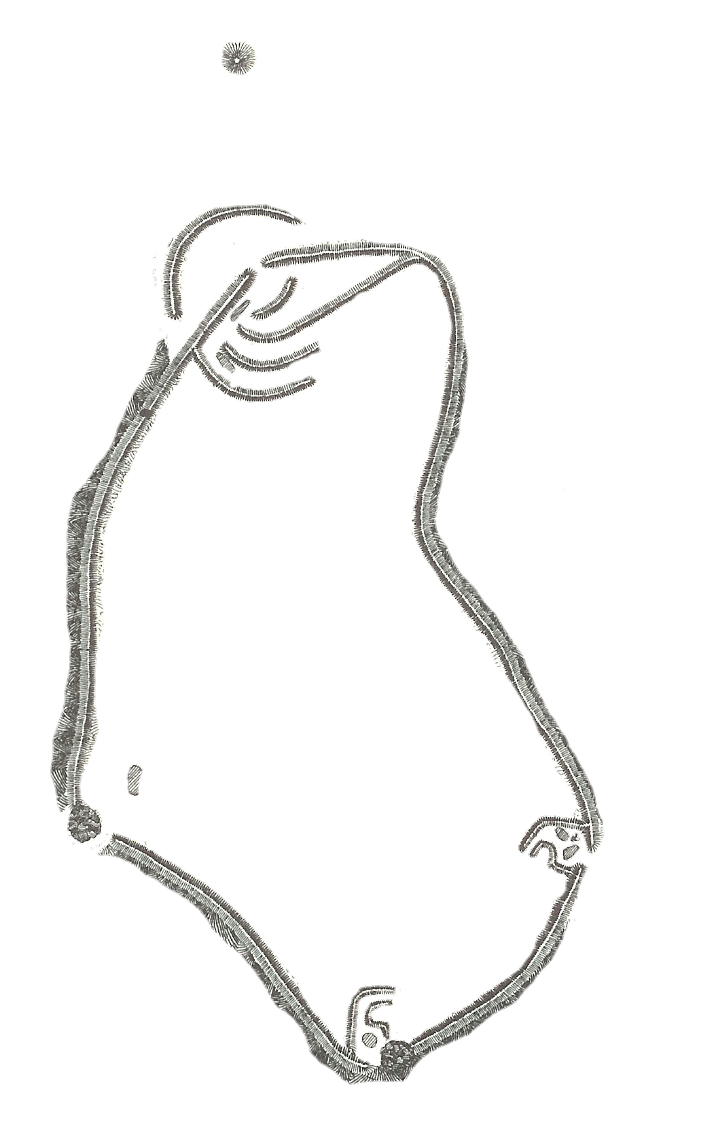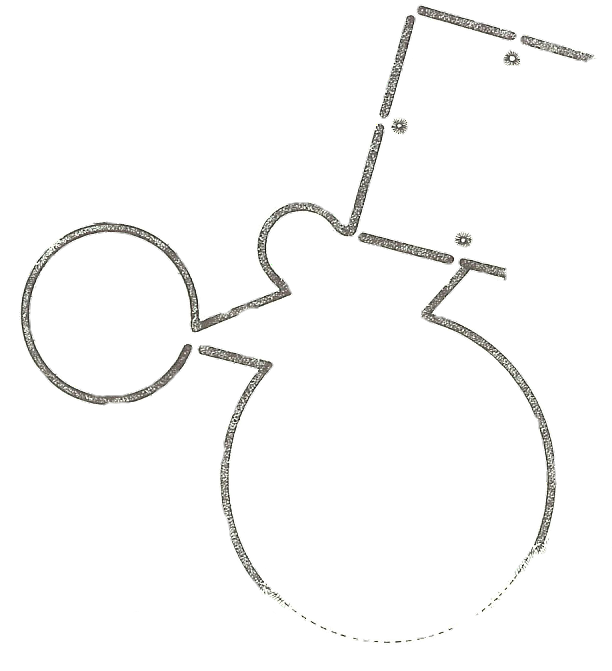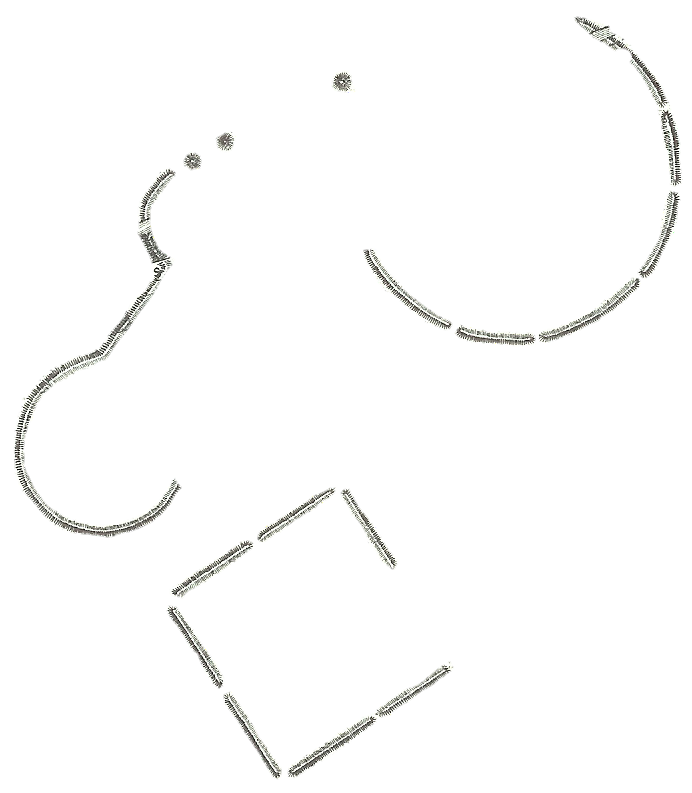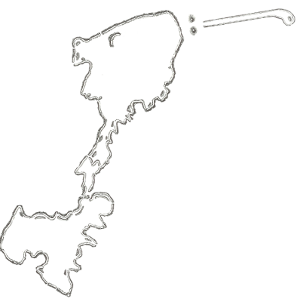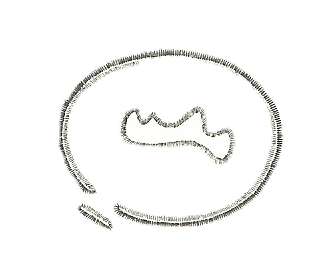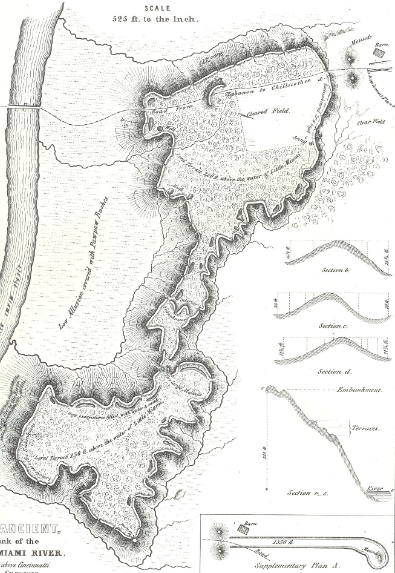

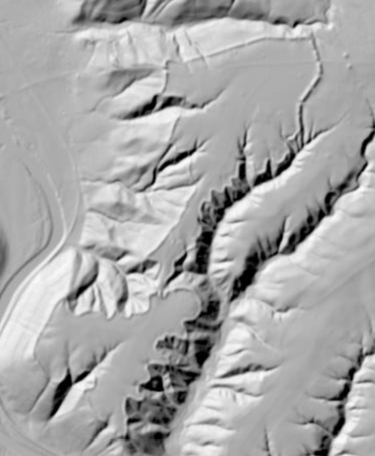

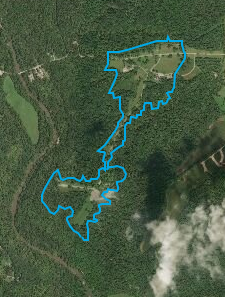

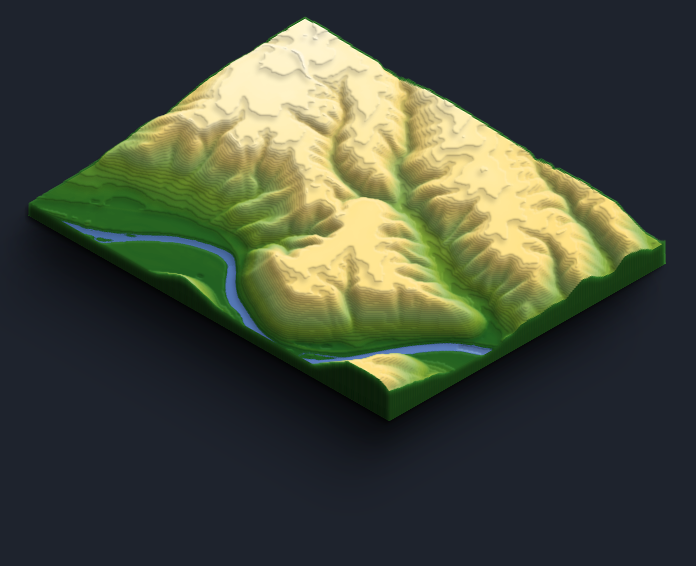

Before Modern Cities
There was a vast Native American Culture in what is now the United States that spanned centuries that built geometric Earthworks and Mounds. This Culture was first named Adena, and later Warren King Moorehead classified Hopewell and Fort Ancient as Classifications of Cultures he named after two of his Archeological sites. Notably, these categories represent cultural traditions (e.g., material practices, mound and Earthwork building styles and techniques) rather than specific populations or tribes. It's incorrect to refer to "Adena people" or "Hopewell people" – describing them as "people of the Adena culture" aligns with accurate terminology. Similar to how we wouldn't call individuals from the Renaissance era "Renaissance people," referring to these groups as "cultures" ensures proper historical representation. While their self-identifications remain unknown, recent DNA research suggests a strong ancestral connection between these "Earthwork builders" and present-day Algonquian-speaking communities. Additionally, the umbrella terms "Woodland" and "Middle Woodland" denote the archaeological periods encompassing these diverse cultures and traditions.
Cincinnati Ohio
Some Ohio Valley Tributary Earthworks
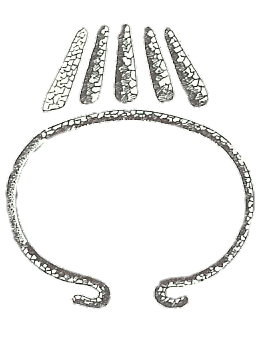
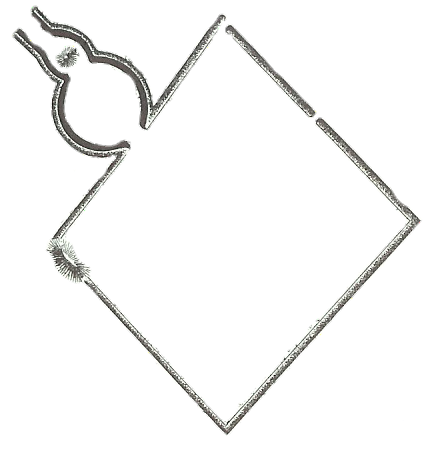
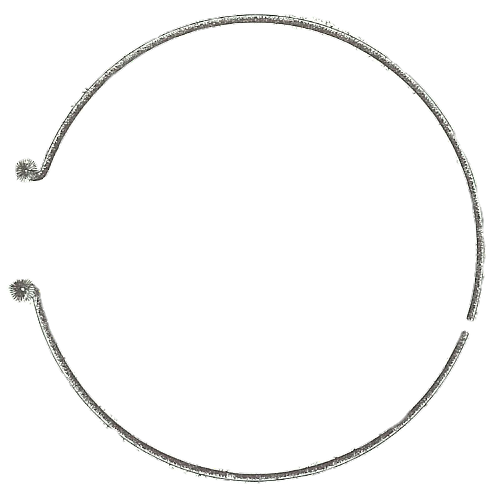
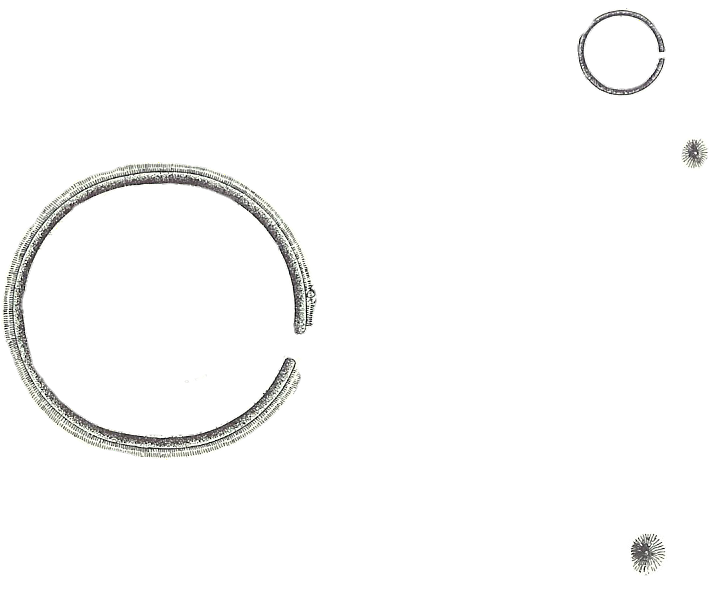
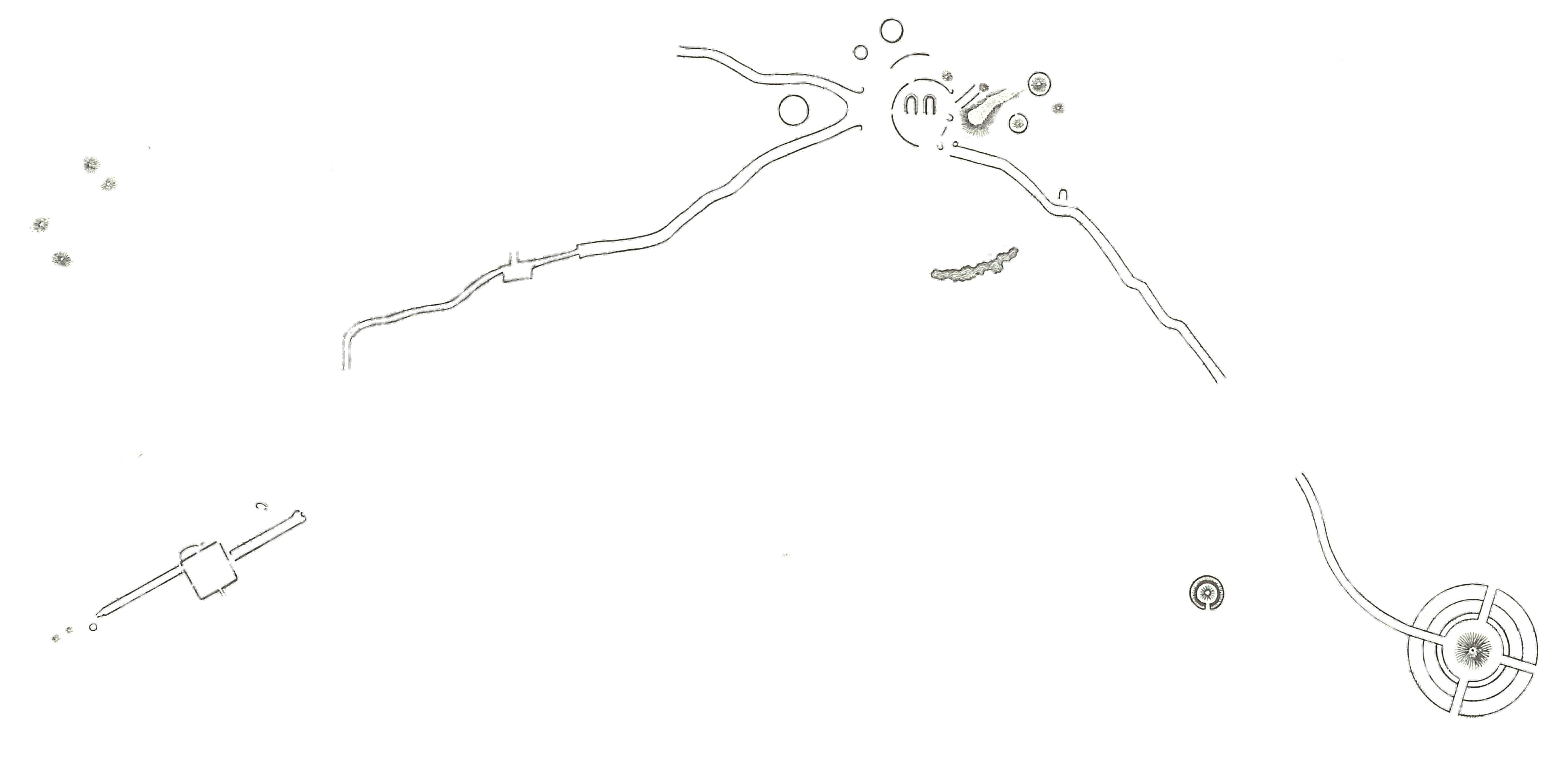
Earthworks
Support
Popular Tags
I have multiple degrees, majored, and minored in many of my interests, including Anthropology, Earth Sciences, Computer Science-Networking, and Design. I also love Earthworks and the cultures that created them, so this website is a result of those passions. I believe there needs to be a better public understanding of the Works and their scale, design, and locations so we can help protect and preserve what is left of these cultural wonders. Many of these sites are still being destroyed by development, agriculture, and quarries, mainly because of the lack of knowledge of their locations. Do not use this for looting purposes. I will not include mortuary mounds on this site unless they are well-known protected mounds.
Colrain
Butler Co Circle
Pleasent Run
Fortified Hill
Line Hill
Alexandersville
Cincinnati
Mariemont
Turner Group
Camden
Milford
Fosters
Stubbs
Fort Ancient
Perintown
Stonelick
Batavia
Elklick
Eastfork
